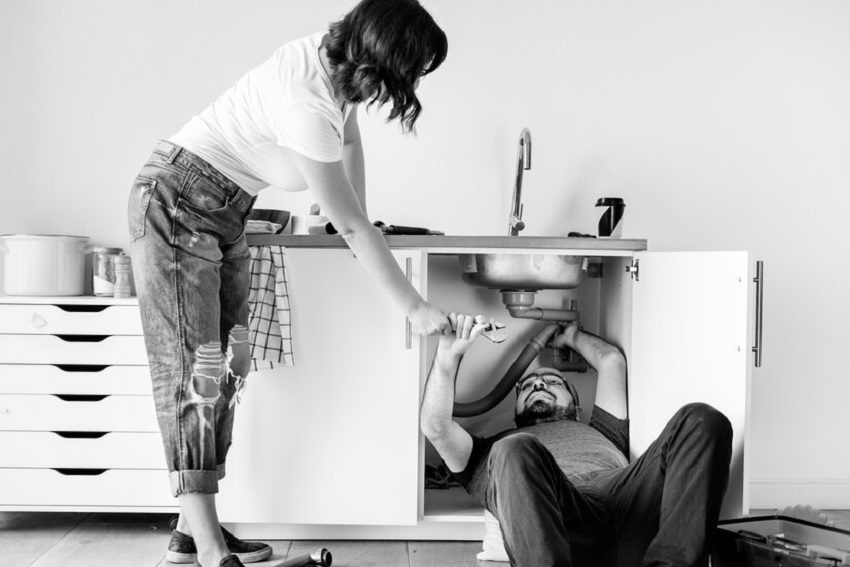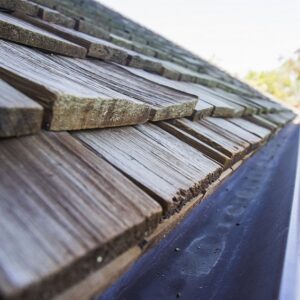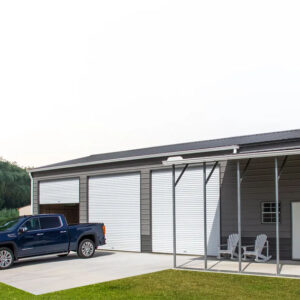As winter approaches, it’s crucial for homeowners to prepare their plumbing systems to withstand the cold temperatures and prevent costly damage. Winterizing your plumbing can help you avoid frozen pipes, burst pipes, and other plumbing emergencies. In this guide, we’ll explore essential tips to winterize your plumbing effectively and protect your home during the cold months.
6 Tips to Winterize Your Home Plumbing:
1. Insulate Exposed Pipes:
- Identify any exposed pipes in unheated areas of your home, such as the basement, attic, or crawl spaces.
- Use pipe insulation sleeves or wrapping to cover exposed pipes and provide an extra layer of protection against freezing temperatures.
- Pay special attention to pipes near exterior walls, windows, and doors, as these areas are more susceptible to cold drafts.
2. Drain Outdoor Faucets and Sprinkler Systems:
- Disconnect and drain all hoses from outdoor faucets to prevent water from freezing and causing damage to the faucet or pipes.
- Shut off the water supply to outdoor faucets and drain any remaining water by opening the faucet and allowing it to run until it’s empty.
- If you have an underground sprinkler system, follow the manufacturer’s instructions for draining the system to prevent frozen pipes and costly repairs in the spring.
3. Keep Interior Temperatures Consistent:
- Maintain a consistent temperature inside your home, especially during periods of extreme cold.
- Set your thermostat to a minimum temperature of 55°F (13°C) to ensure that interior pipes stay above freezing.
- Open cabinet doors under sinks to allow warm air to circulate around pipes located along exterior walls.
4. Seal Drafts and Insulate Walls:
- Seal any gaps or cracks around doors, windows, and foundation walls to prevent cold air from entering your home.
- Insulate exterior walls and attics to help retain heat and keep interior temperatures stable.
- Consider using weatherstripping or caulk to seal gaps around windows and doors, and install door sweeps to block drafts at the bottom of exterior doors.
5. Service Your Heating System:
- Schedule a professional inspection and maintenance service for your heating system before the onset of winter.
- Replace air filters to make sure air flows well and your system works efficiently.
- Check vents and flues for obstructions and make sure they are clear of debris to prevent carbon monoxide buildup and ensure safe operation.
6. Prepare for Extended Absences:
- If you plan to be away from home for an extended period during the winter, take extra precautions to prevent frozen pipes.
- Set your thermostat to a minimum temperature of 55°F (13°C) to keep interior pipes from freezing.
- Shut off the main water supply to your home and drain the plumbing system by opening faucets and flushing toilets until the water stops flowing.
Conclusion
By following these essential tips to winterize your plumbing, you can protect your home from costly damage caused by frozen or burst pipes. Taking proactive measures to prepare your plumbing system for the winter months can give you peace of mind and help you avoid plumbing emergencies when temperatures drop. Make sure to start your winterization process early to ensure that your home is adequately prepared for the cold weather ahead.




